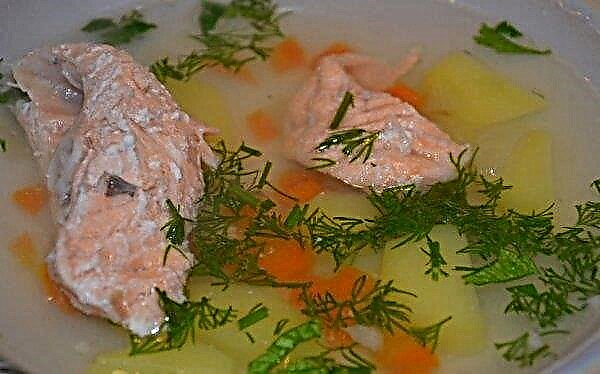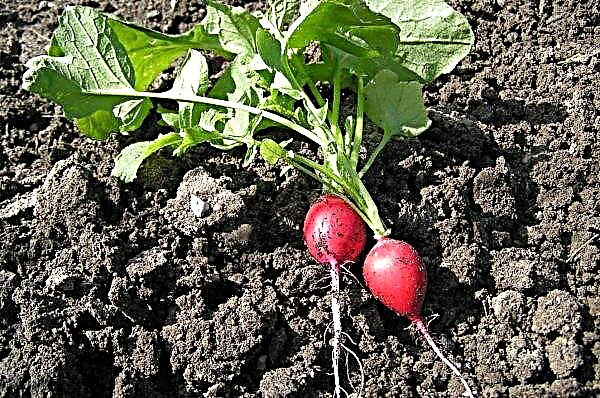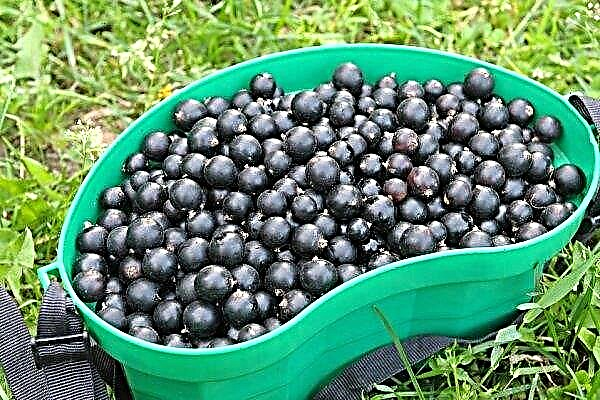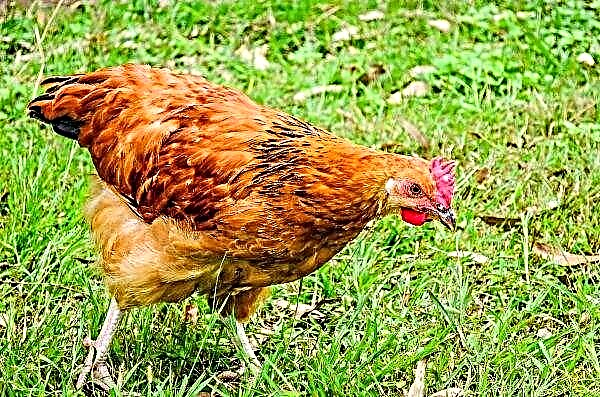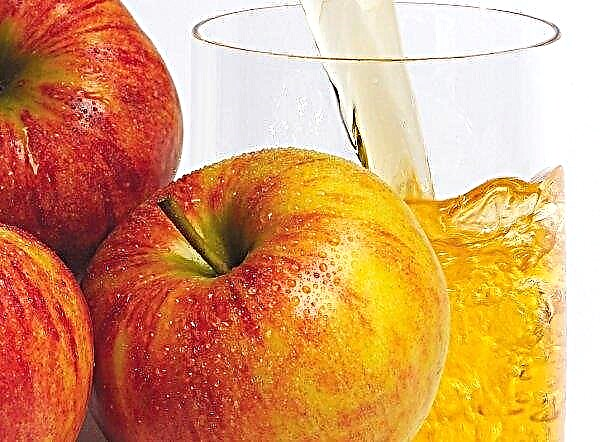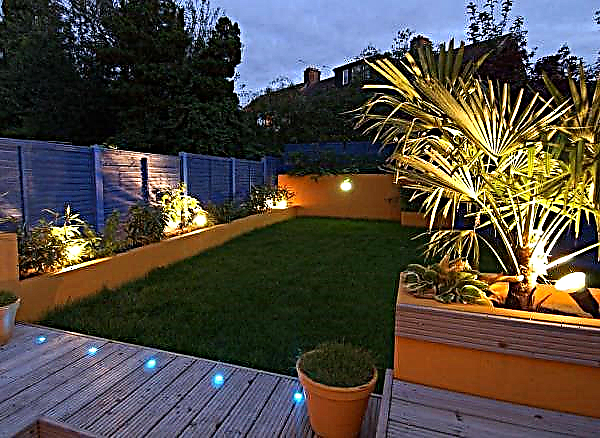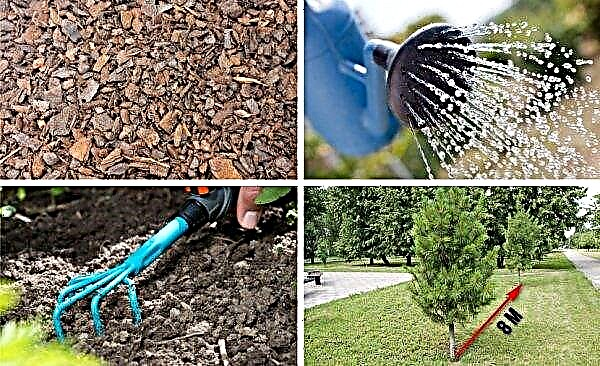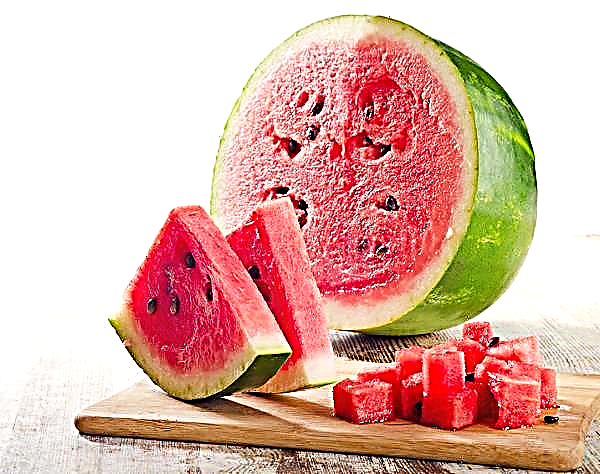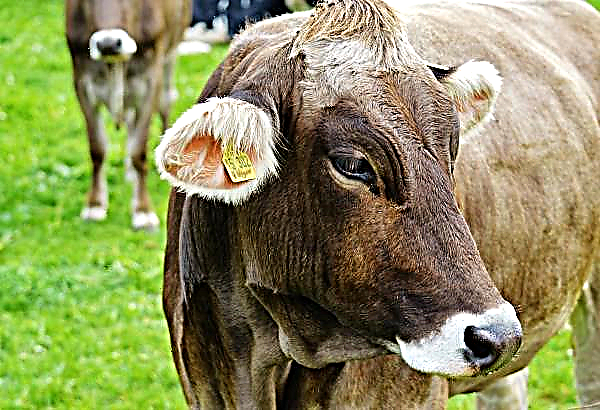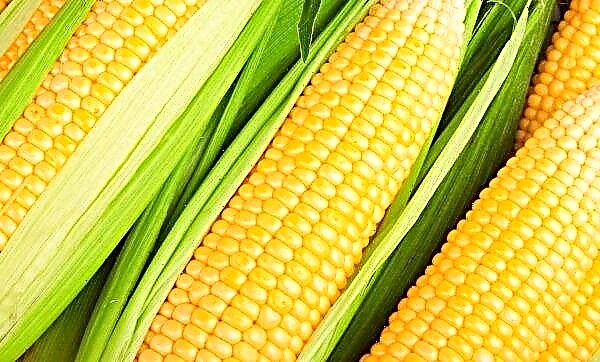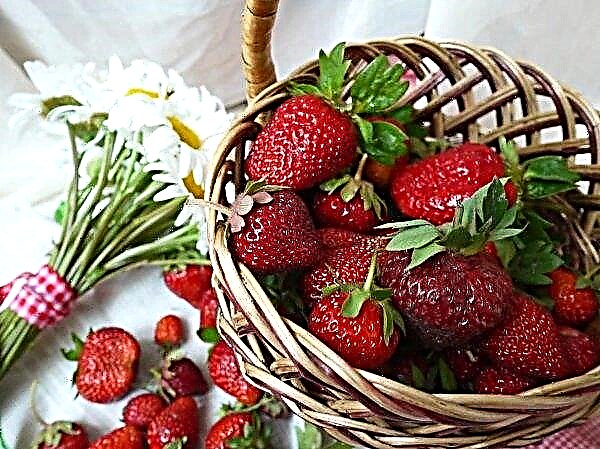Bees, unlike most insects, are not known to fall into hibernation. For this reason, their wintering should be taken very seriously, pay special attention to it, otherwise you can lose the whole family. This is especially true in regions with rather severe winters, for example, in Siberia, Bashkiria, and Altai.
Wintering Requirements
As an Omshanik, you can use an ordinary barn, but it must be well insulated. It is unlikely to do without additional insulation.
Among the main requirements for the winter hut, the following should be highlighted:
- the premises should be designed for at least 100 hives. Such a number of houses contributes to the establishment of optimal conditions of detention (microclimate);
- the presence of noise isolation - insects feel uneasy in noisy environments;
- in the event that 260–280 beehives are located in the winter hut, one entrance located on the south or east side is enough, if more hives will winter, two entrances located in opposite walls should be equipped;
- doors must be insulated;
- the end sides of the room should be oriented along the north-south axis;
- minimum floor thickness - 0.2 m, it is best to make the basis of a mixture of crushed stone with clay, covered with sand;
- the height of the room is 2.6–3 m, the distance between the hives and the walls is at least 15 cm, the rows are located 0.8–1 m from each other;
- the room must be built in a dry place, with a deep groundwater table;
- the correct omshanyk should have a basement or semi-basement design;
- air temperature within -2 ... + 3 ° С, maximum + 5 ° С, higher temperature negatively affects insects, leading them to an excited state;
- type of ventilation - supply and exhaust, it is better that it be adjustable;
- warming only with thermal insulation, installation of additional heating devices is extremely undesirable, since in this case oxygen is consumed;
- a water outflow system is mandatory;
- the room must be dry.
Did you know? One medible bee with an average lifespan of 1.5–6 months, for a lifetime brings no more than 1/10 teaspoon of honey.
Omshanik preparation for wintering
In summer, you should prepare Omshanik for the upcoming wintering. Before lowering the hives into the wintry, it should be checked for drafts with a candle. If there are holes that cause drafts, they should be caulked, the floor covered with dry sand, and the walls and ceiling treated with lime. It is also necessary to lubricate the hinges on the doors, eliminate all sources of squeak and noise (for example, replace the creaking boards of steps) so as not to disturb insects. In the center of the room you need to hang a thermometer and a psychrometer, you can use a hygrometer. The gaps between the wall boards are filled with mounting foam, insulated with straw or sawdust on the outside of the wall (roof). A good option is to warm the walls with straw blocks with a thickness of 0.8 m or more. Pre-treat the room with poison from rodents, and then smoke with sulfur.
In the center of the room you need to hang a thermometer and a psychrometer, you can use a hygrometer. The gaps between the wall boards are filled with mounting foam, insulated with straw or sawdust on the outside of the wall (roof). A good option is to warm the walls with straw blocks with a thickness of 0.8 m or more. Pre-treat the room with poison from rodents, and then smoke with sulfur.
For this purpose, a tin with smoldering coals and a portion of sulfur at the rate of 35–45 g / 1 m³ of the room volume are placed in Omshanik 4–6 days before the bees enter. Then the doors and ventilation flaps are closed for 5-7 hours, after which the omshanyk is left open for several days. When working with sulfur, you need to follow safety precautions, it is better to use a gas mask.
Important! It should be remembered that bees are not afraid of cold, but drafts and humidity above or below normal..
Stock and storage of feed
One of the most useful functions of Omshanik is saving honey. In the case of a comfortable, quiet wintering, insects need much less food than during a cold wintering. Life processes are slowed down, and comfortable conditions do not require additional energy expenditure necessary for the struggle for survival. In the first 1.5 months of wintering, the bee family eats about 1 kg of honey. By the end of wintering, the norm is already at least 1.25 kg per month.
If the family tolerated this period well, a healthy brood should be expected in the spring, then the feed needs 2 times more. Frames containing 2 kg of honey and more, as well as having empty cells, are left - wintering individuals will be placed in them. They do this so that the club is as close as possible - this helps to retain heat, conserve energy and, consequently, lower food consumption. In addition to honey, each hive needs 2 or more frames with a perga, which in the spring will be fed young animals. Separately, it should be said about how to properly store this protein component of the food of the bee family: the bee bread in the cells must be preserved - filled with honey and sealed with wax, otherwise it can deteriorate.
In addition to honey, each hive needs 2 or more frames with a perga, which in the spring will be fed young animals. Separately, it should be said about how to properly store this protein component of the food of the bee family: the bee bread in the cells must be preserved - filled with honey and sealed with wax, otherwise it can deteriorate.
For the appearance of a healthy brood in autumn, bees are fed sugar syrup. Insects, eating such food, do not spend energy on the breakdown of complex carbohydrates into glucose and fructose. Bees accumulate strength by absorbing sucrose, which, with virtually no additional energy consumption, becomes glucose as a result of metabolism.
Having placed a couple of empty frames in the middle of the hive, they ensure that the bee organism first processes the syrup. So this circumstance (top dressing with syrup) will not negatively affect the quality of future honey, but it will contribute to saving the strength of the bee family and the appearance of a good brood. You can properly prepare the syrup according to the tables specially designed for this purpose.
Did you know? A bee in a tangle consumes only 5% of the amount of food needed for normal life when it is outside the club.
Harvesting fodder honeycombs
Particular attention should be paid to preparing honeycombs for feeding the bee family for winter. Do it in the first half of the season. The frames are set depending on the type of hives, and these frames should be of a moderate degree of deterioration. So the framework retains heat most well. In hives consisting of two buildings, before honey collection, honeycombs containing printed brood are placed in the middle of the second building.
The same cells in multihull hives are placed in the middle of the upper case. In the removed frames, honey is not touched, it will serve as winter food. Before the main collection of honey in the center of sun loungers, honeycombs with printed and open brood are located nearby. After sealing the nesting honeycombs 1/2 take them from the hive and leave for winter feeding. Sealed honeycombs with winter food are stored in special, tightly closed containers in cases, located in extensions. The storage location should be protected from rodents, have a fairly cool air temperature and low humidity.
Sealed honeycombs with winter food are stored in special, tightly closed containers in cases, located in extensions. The storage location should be protected from rodents, have a fairly cool air temperature and low humidity.
Ventilation and acceptable temperature
Air temperature and its humidity are the most important indicators for a normal wintering of bees. The optimal humidity should vary between 75–85%, a higher level can cause honey acidification. Insects, in turn, eating such a peroxide product, experience digestive problems and die.
If the humidity is below the specified amplitude, this causes honey to crystallize, causing the insects to die as a result of a lack of food and thirst, as they are not able to eat solid honey. The same can be said about the temperature regime. If the air temperature is below -2 ° C, the bees are forced to absorb a lot of food, which leads to the same problems with the digestive tract.
Important! There is such a rule for calculating the area of the ventilation system: 5 cm² / 1 beehive. That is, for the winter hut, in which there are 150 hives, ventilation is required with an area of 150 × 5 = 750 cm², or 25 × 30 cm.
Excessively high temperature (above + 4 ° C) provokes an excited state of insects, which can lead to their early awakening. To achieve a normal humidity and temperature regime, it is necessary to equip the correct ventilation system with an air supply regulator (valves).
There are two main options for arranging ventilation:
- Option I. Single tube. In this case, the lower section of the ventilation pipe is located on the ceiling and rises by 35–40 cm above the roof. In winter, such a system copes quite well with its functions, but in the spring it usually does not fully perform the task, which is fraught with warming and early awakening of insects. Such ventilation is typical for old-style wintering.
- Option II. In modern beekeeping, wintering is often equipped with ventilation with two pipes - supply and exhaust. The lower section of the supply pipe is 25-30 cm from the floor, and the upper one is at the same distance from the top of the roof. An exhaust pipe (lower cut) is located 20 cm from the ceiling, its top is 40–50 cm above the upper cut of the supply pipe. Cold air enters the near-field area of the room, then, when heated, rises up, leaving through the hood. The pressure difference is created due to the multilevel arrangement of the pipes.

Skid of bees in Omshanik
Do not rush to clean the hives into the room immediately after the onset of autumn, because in many regions there are warm days in mid-October, and modern hives made, for example, from polyurethane foam, keep heat well enough and at low temperatures. At what time to bring bee houses for the winter, depends on the specific region.
Important! Beehives are positioned this way: stronger bees are on the floor and closer to the entrance.
Wait until the weather is cool enough firmly, the bees will stop flying, then lower the hives into Omshanik. Experienced beekeepers recommend doing this around the second decade of November in the central and northern regions, and with the advent of winter in the south. Winter hives should be set on a clear day, in dry weather, so that the hives are dry. Do this to avoid increasing the level of humidity in the room. If, nevertheless, the hives had to be brought in wet, it is necessary to allow them to dry, leaving the doors open for a while. Hives should be introduced very carefully, avoiding knocks and various noises, so as not to disturb the family. Letters during the transfer should be closed, they should not be opened immediately after skidding.
If, nevertheless, the hives had to be brought in wet, it is necessary to allow them to dry, leaving the doors open for a while. Hives should be introduced very carefully, avoiding knocks and various noises, so as not to disturb the family. Letters during the transfer should be closed, they should not be opened immediately after skidding.
Did you know? A bee, along with an ant, can carry mass forty times its own.
Features of wintering of bees in Omshanik
Some features that should be considered if you decide to resort to the use of a winter road:
- Ventilation in this case should be more intense than during wintering in the open. For this purpose, the letki fully open, some beekeepers open only the top, the other - both letlets, there is no consensus on this. However, in any case, it is necessary to make additional ventilation of the upper part of the socket. To this end, remove part of the boards from the ceiling or remove the covers, it all depends on the specific conditions.
- Constant monitoring of air humidity is required. As already mentioned, the degree of honey density, and therefore the nutrition of the bee family, depends on this indicator. They regulate temperature and humidity using dampers; wet rags can be used with low humidity. However, in no case should the fermentation of honey be allowed, with a high degree of probability this will lead to the death of insects.
- All work in Omshanik should be carried out extremely carefully and quietly so as not to disturb insects. If light is needed, red lights should be used. Particular care must be taken before the beginning of spring, the bees at this time are especially troubled, even red lighting takes them out of balance.
 The equipment of the correct omshanyk requires certain efforts and financial investments, therefore, some beekeepers believe that you can do only by warming the hives that are in the open.
The equipment of the correct omshanyk requires certain efforts and financial investments, therefore, some beekeepers believe that you can do only by warming the hives that are in the open.However, all efforts and financial expenses are justified by saving honey and keeping the bee family in a healthy state. So, having correctly equipped the Omshanik, in the winter you only have to check the condition of your bees every 3-4 weeks and expect pleasant spring troubles associated with your favorite business.


